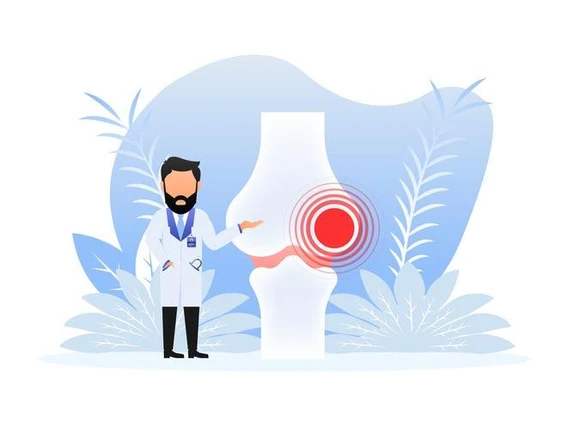What is Cuboid Syndrome?
Cuboid syndrome, also known as cuboid subluxation, is a condition that involves the displacement

of the cuboid bone, which is one of the seven tarsal bones in the foot. The cuboid bone is located on the outer side of the foot, in close proximity to the heel bone (calcaneus) and the fourth and fifth metatarsal bones. Cuboid syndrome typically occurs when there is a partial dislocation or subluxation of the cuboid bone from its normal position within the joint complex of the foot. This displacement can lead to pain and discomfort, especially on the lateral (outer) aspect of the foot.
Causes of Cuboid Syndrome:
1. Trauma or Injury:
- Cuboid syndrome often arises from an injury, such as an ankle sprain, that causes forceful or awkward movement of the foot. The cuboid bone may become displaced as a result.
2. Repetitive Stress:
- Activities that involve repetitive stress on the foot, such as running or ballet dancing, can contribute to cuboid syndrome.
3. Poor Biomechanics:
- Abnormal foot mechanics, including overpronation or supination, may lead to increased stress on the cuboid joint, making it more susceptible to displacement.
4. Tight or Weak Muscles:
- Imbalances in the muscles and tendons surrounding the cuboid can affect its stability. Tightness or weakness in these structures may contribute to the development of cuboid syndrome.
Symptoms of Cuboid Syndrome:
1. Pain on the Lateral Side of the Foot:
- The primary symptom is pain along the outer edge of the foot, near the cuboid bone.
2. Swelling and Tenderness:
- Swelling and tenderness may be present around the cuboid bone.
3. Difficulty Walking or Bearing Weight:
- Pain and discomfort may make it challenging to walk or bear weight on the affected foot.
4. Limited Range of Motion:
- There may be a limitation in the range of motion of the foot, especially during certain movements.
5. Pain with Specific Activities:
- Pain may be exacerbated by specific activities, such as pushing off the toes or standing on tiptoes.
Diagnosis and Treatment:
Diagnosis of cuboid syndrome is typically made based on clinical evaluation and the individual’s symptoms. Imaging studies, such as X-rays or a bone scan, may be performed to rule out other potential causes of foot pain.
Treatment for cuboid syndrome may include:
1. Manipulative Therapy:
- A healthcare professional, such as a podiatrist or physical therapist, may perform manipulative techniques to reposition the cuboid bone.
2. Rest and Immobilization:
- Resting the foot and avoiding activities that worsen symptoms can promote healing. Immobilization through the use of a brace or taping may be recommended.
3. Ice and Anti-Inflammatory Medications:
- Applying ice to the affected area and taking nonsteroidal anti-inflammatory drugs (NSAIDs) can help reduce pain and inflammation.
4. Stretching and Strengthening Exercises:
- Physical therapy may include exercises to stretch and strengthen the muscles around the foot and ankle, improving overall stability.
5. Orthotics:
- Custom orthotic inserts may be prescribed to address any biomechanical issues and provide additional support.
6. Footwear Modification:
- Wearing supportive and well-fitting footwear can help alleviate stress on the cuboid joint.
7. Gradual Return to Activity:
- Once symptoms improve, a gradual return to regular activities and exercises may be recommended.
In some cases, cuboid syndrome may become chronic or recurrent, and ongoing management strategies may be necessary to prevent future episodes. It’s important for individuals experiencing persistent foot pain or discomfort to seek evaluation and guidance from a healthcare professional for an accurate diagnosis and appropriate treatment.


















